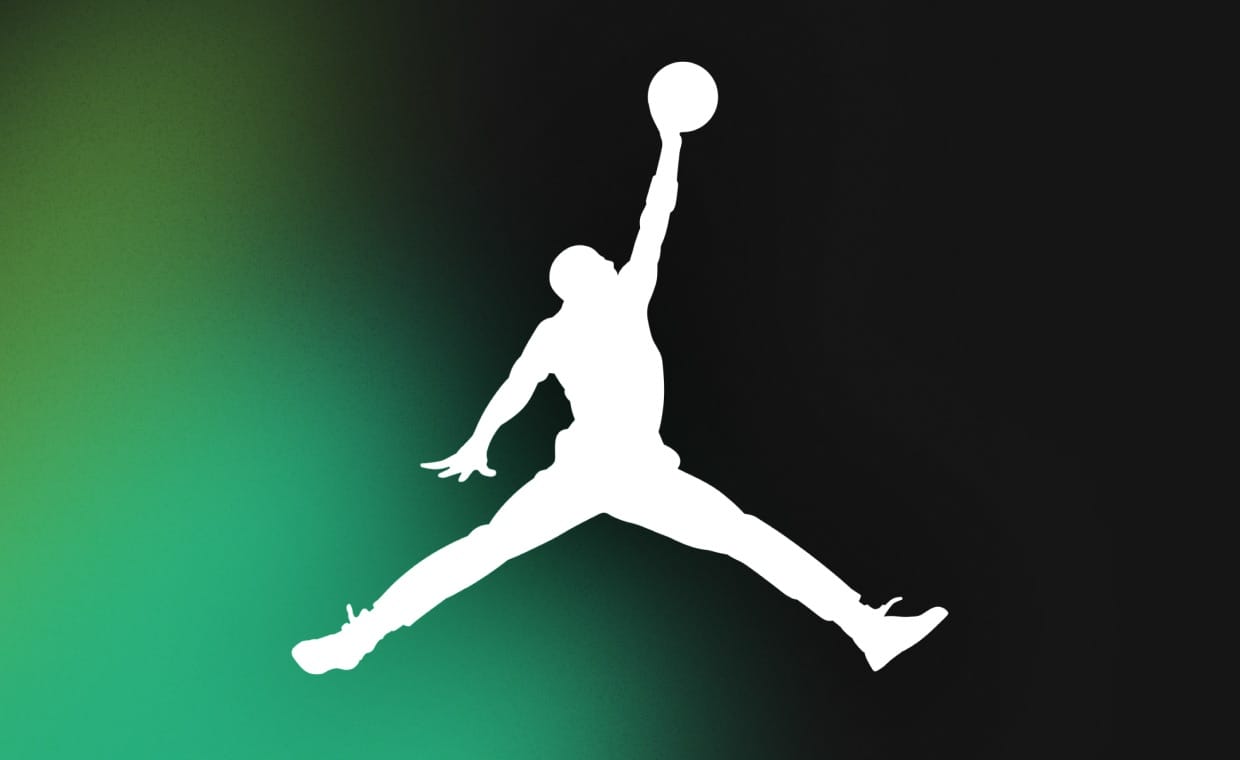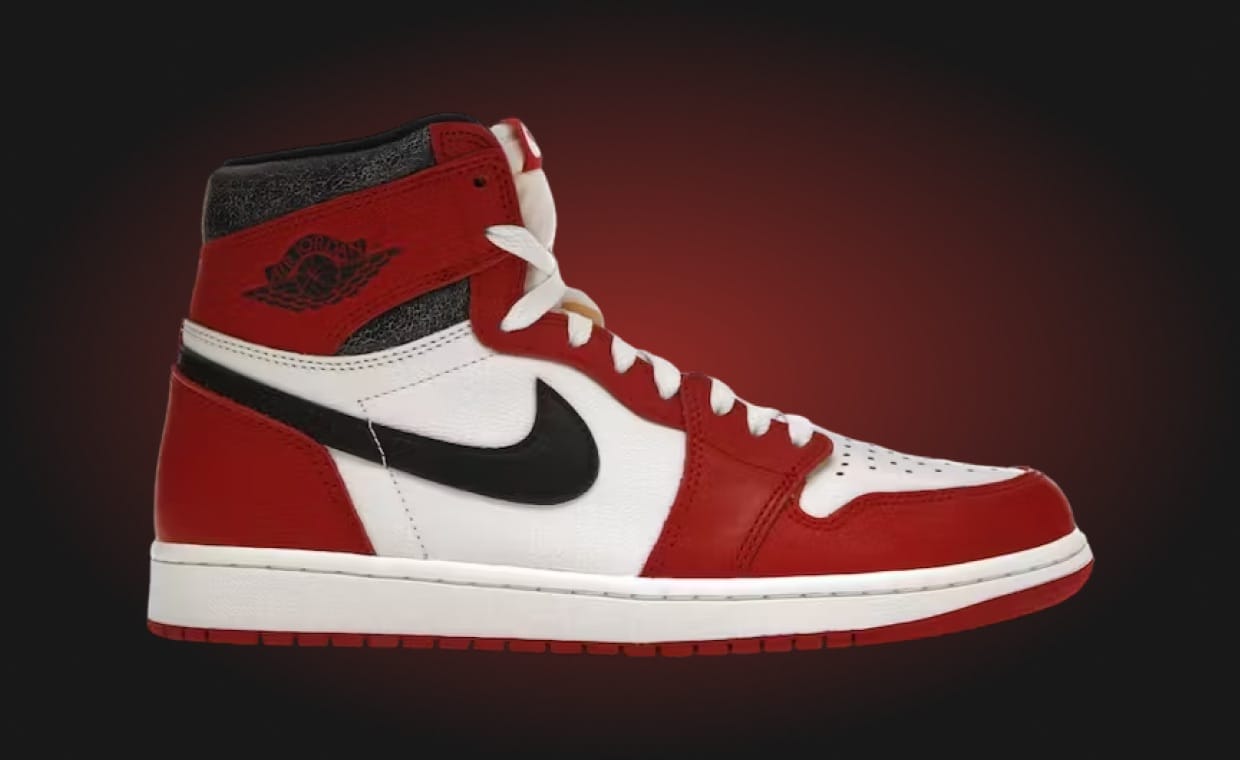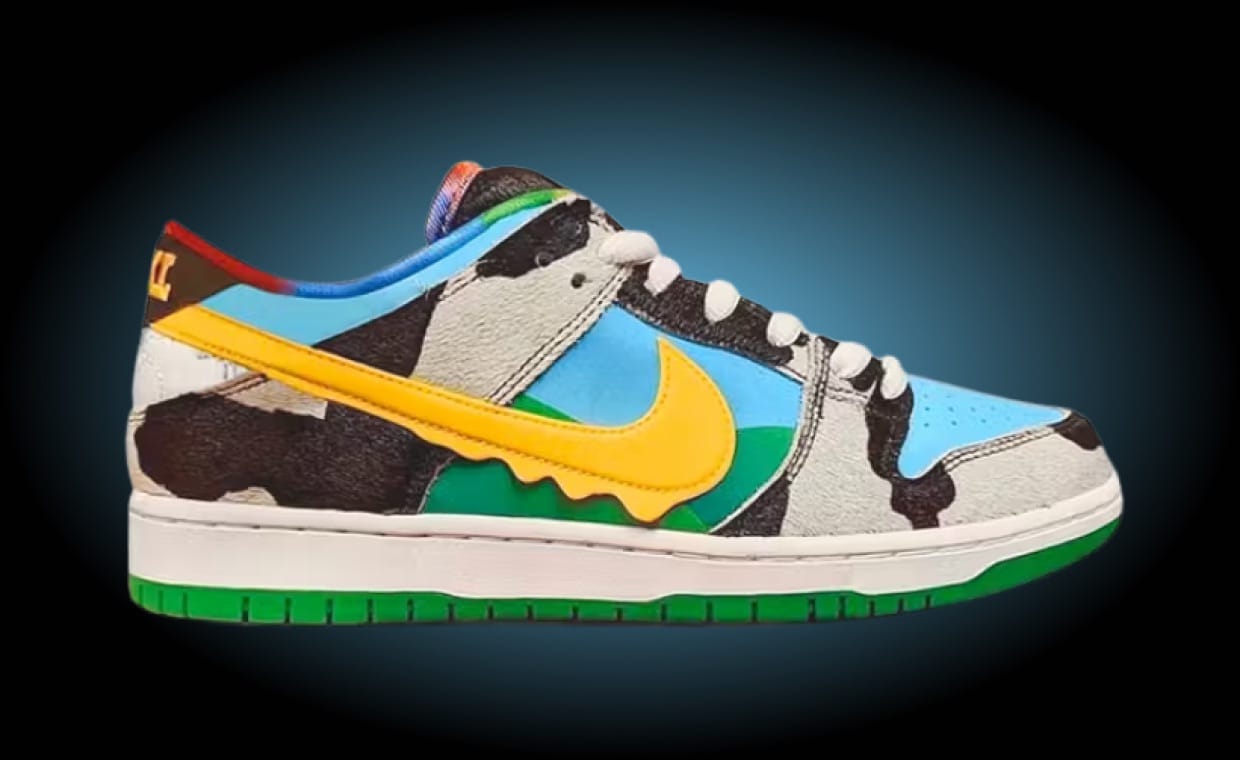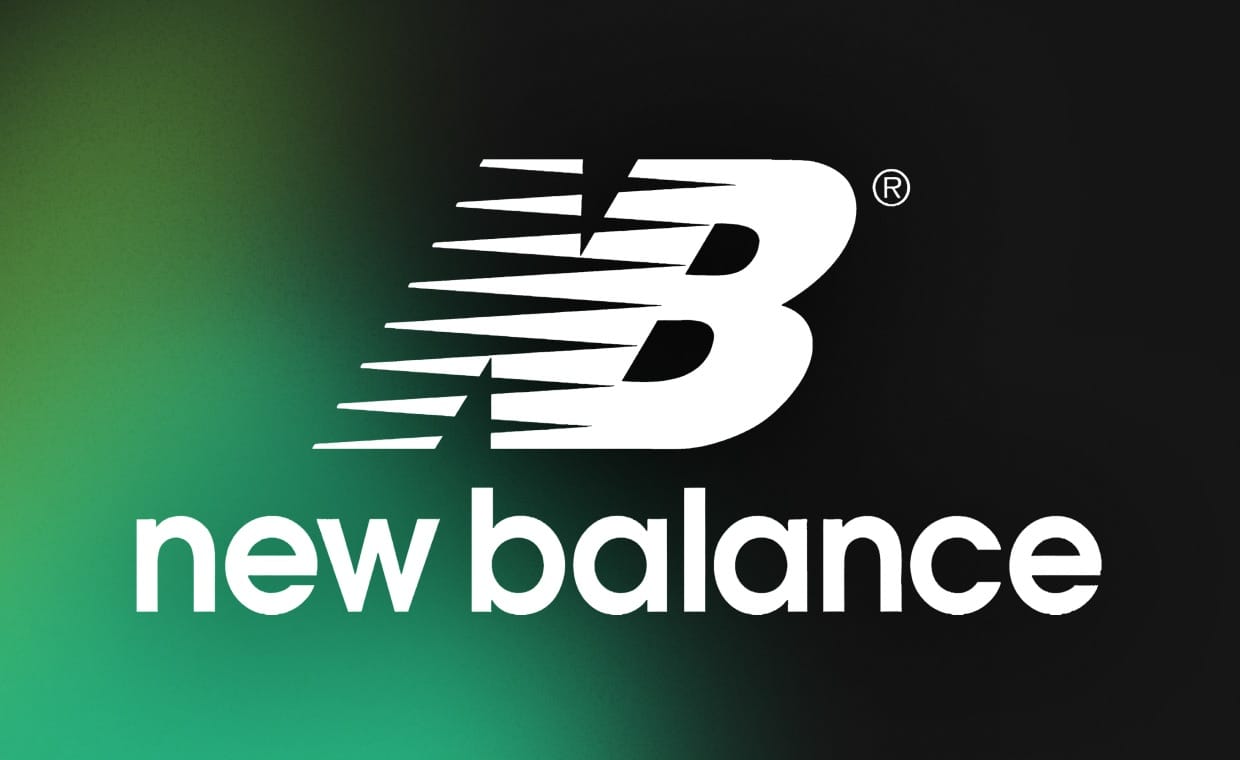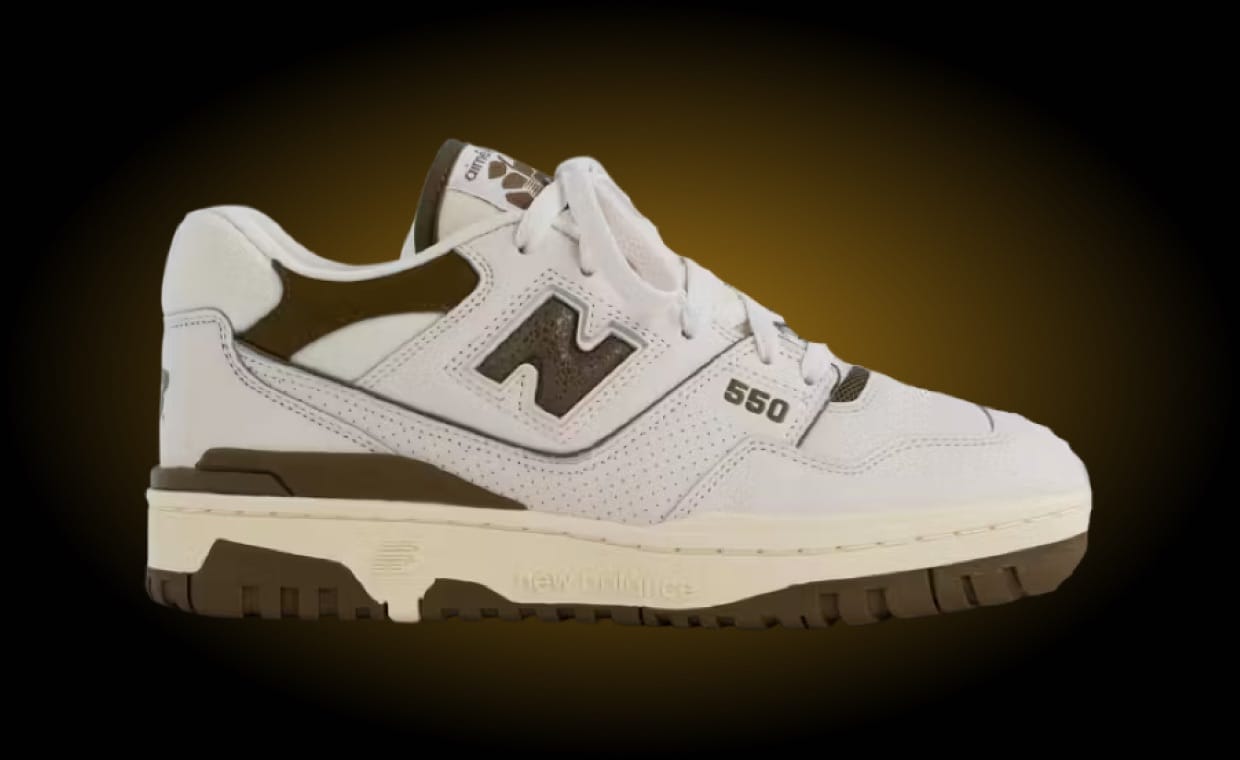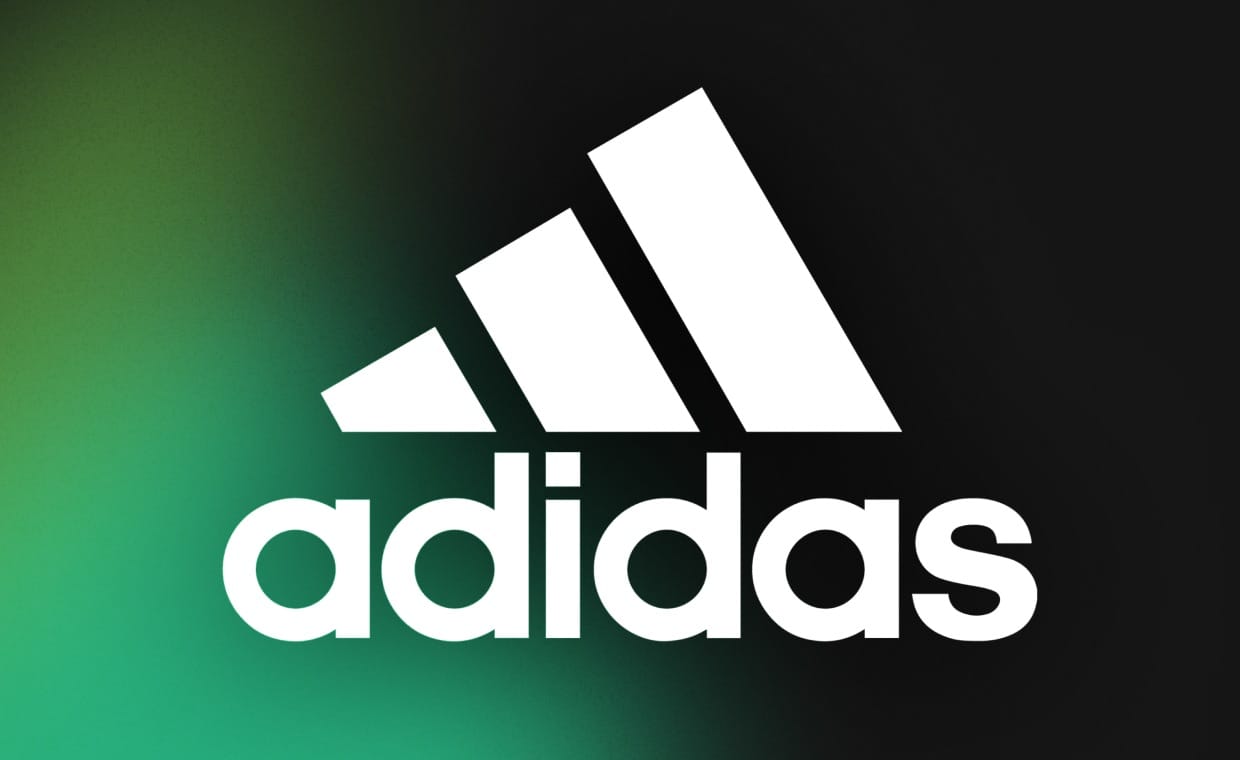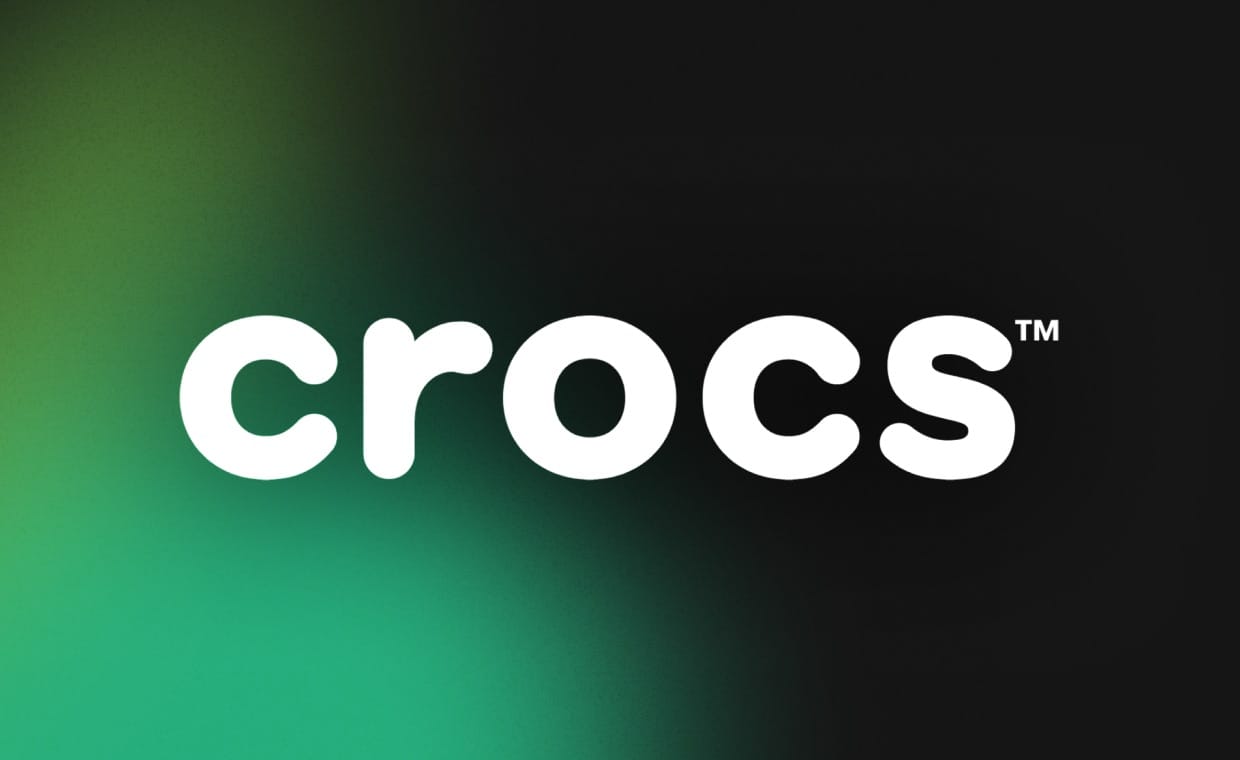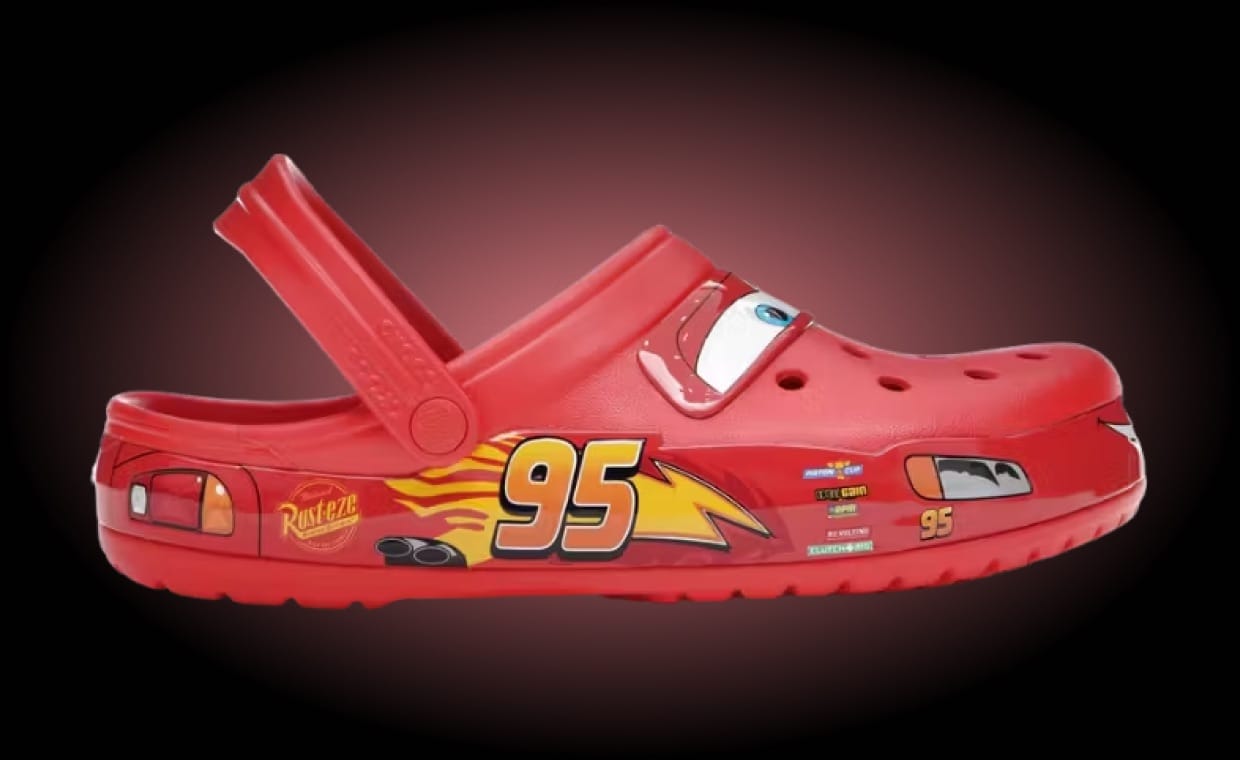Nike Air vs. Jumpman Air: How Does Jordan Decide Which Label to Use?
Updated on •Published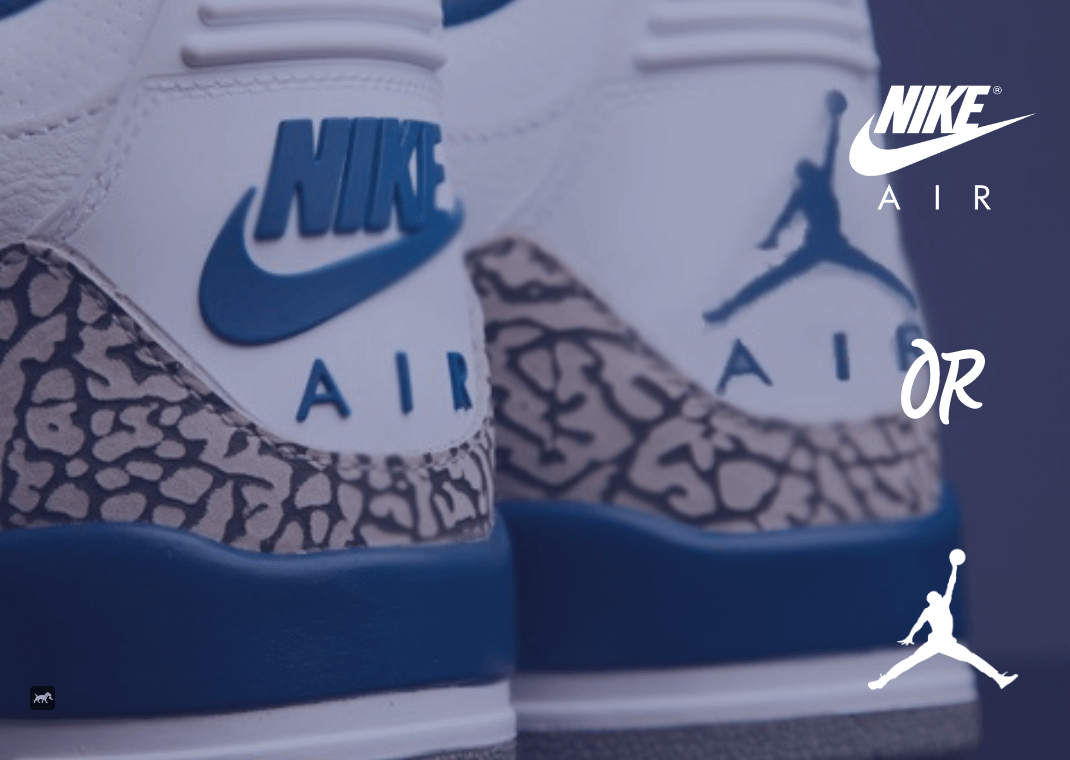
Have you ever wondered why some Air Jordan Retros have “Jumpman” branding while others have “Nike Air?” The practice goes back to when Jordan Brand first started to retro, or re-release, the Air Jordan line in 1999. Although some Air Jordan Retro releases feature "Jumpman branding," a select few are hit with the OG "Nike Air."
Going back to the Air Jordan 1, “Nike Air” branding has been present in some way, shape, or form on the original Air Jordan 1 through Air Jordan 11. While the “Wings” logo was prominent on Air Jordans 1 and 2, the "Jumpman" and "Nike Air" took over with the Air Jordan 3. The use of dual branding throughout the design was then seen from the Air Jordan 3 through the Air Jordan 6. When the Air Jordan 7 debuted in 1992, the only form of "Nike Air" branding came via the insoles, a trend that would continue through to the Air Jordan 11.
Air Jordan purists prefer “Nike Air” on their retros over the modern-day “Jumpman” insignia that was introduced later on. This has been a hot topic of discussion for more than twenty years, with it being less of a problem in the more recent “remastered” and “reimagined” era. Jordan Brand began to retro Air Jordans in 1999, beginning with the Air Jordan 4 and Air Jordan 5. From 1999 to 2001, JB retroed Air Jordans 1, 3, 4, 5 and 6. Two versions of retros were released during this time, “Retro” and “Retro+.”
The differences between “Retro” and “Retro+” came in the form of colorways and materials. All pairs released during this time labeled “Retro” were re-releases of original Air Jordan colorways, complete with original branding and details. “Retro+” iterations took classic silhouettes and reimagined them with new colorways and materials for the next generation. Models such as the Air Jordan 3, 4, 5, and 6 were introduced in new colorways for the first time since their original releases. They also featured “Jumpman" branding instead of the “Nike Air” labeling.
In 2001, Jordan Brand began to do away with this labeling format for the AJ3's initial retro run. The “Black Cement” colorway came in OG styling, while the “True Blue” pair featured “Jumpman” branding in place of “Nike Air.” This was the first original Air Jordan to replace “Nike Air” with “Jumpman,” a trend that would continue on all Air Jordan Retros, both old and new colorways, outside of specific releases. Even the minimal “Nike Air” branding on the Air Jordan 1 and Air Jordan 2 were replaced by Jordan marks.
In 2013, the Air Jordan 3 Retro ‘88 was released. This limited-edition pair brought back the original “White Cement” colorway in honor of the 25th Anniversary of the 1988 Slam Dunk Contest, where Michael Jordan wore the sneakers. Original “Nike Air” branding came back for this special drop, which was a test to see how the market would react to the return of the original labeling, alongside a price increase. In other words, we primarily saw “Jumpman” branding replace “Nike Air” for the sake of profit. Cutting out the middleman of, so to speak, the less Nike branding on a release, the more money from sales Jordan Brand would get.
Fast forward a couple of years to 2015. Jordan Brand unveiled its remastered line, taking into consideration the quality, shape, and details of original Air Jordans and rebuilding retros to match as closely as possible. While “Jumpman” branding remained prominent on Air Jordan Retros, Jordan Brand started to bring back “Nike Air” branding on OG colorways and select limited releases. Nike and Jordan Brand struck a deal between 2013-2015 that would allow JB to release classic Air Jordans as accurate to the originals as possible, complete with Nike branding and packaging, where applicable.
Outside of the OG colorways, new colorways of Air Jordan Retros have also been hit with the “Nike Air” treatment from time to time. This included the Air Jordan 3 Retro Unite “Fire Red,” as well as special drops from collaborators including A Ma Maniere, Travis Scott, and more. While it's easy for Jordan Brand to go back to its original roots and place dual branding on all retros, there's a value in separate the branding. This gives the classics their own shine, as many pairs in recent years have been the best iterations released since their OG counterparts. If every Air Jordan Retro had “Nike Air,” it would no longer be special, and seeing it on everything would significantly tarnish its meaning on OG re-releases.
The last Air Jordan Retro to feature “Nike Air” branding outside of the AJ1 and AJ2 was the Air Jordan 3 Retro Reimagined “White Cement,” which released in March. Next up will be the J. Balvin x Air Jordan 3 Retro, currently scheduled to release September 2. Keep it locked to our Twitter andMobile App to stay up to date on future releases.

Steve Jaconetta is the Head of Content based out of Connecticut. An encyclopedia for sneaker releases, he's covered the industry for over fifteen years. His stops have included Sole Collector, Complex, and StockX, to name a few. He considers the Air Jordan 11 Concord the greatest sneaker of all time and has a strong affection for 80s pop culture. Email: steve@soleretriever.com



